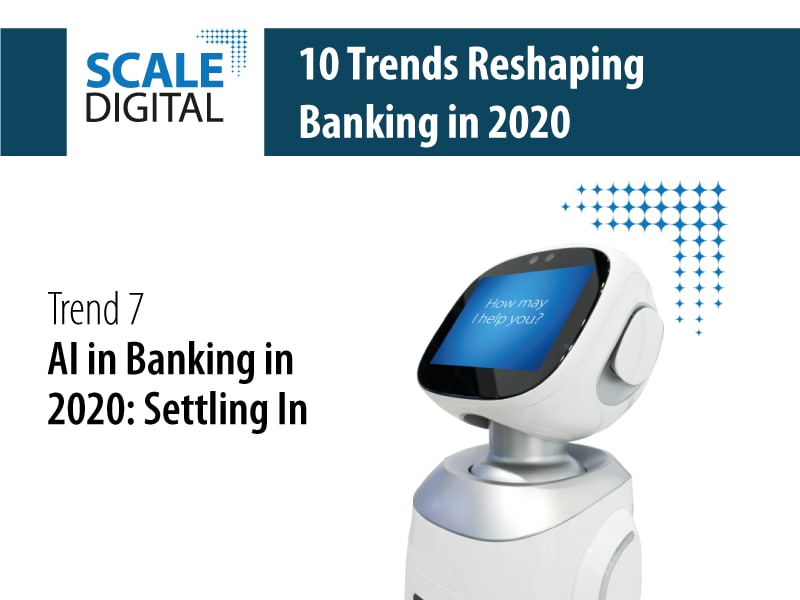Home > Blogs > The Future is Open
The Future is Open

During the 90s the phrase “banking for cash deposits” conjured images of and was often associated with standing in long queues and waiting for one’s turn. Similarly, the process for getting a demand draft (DD) issued included going to a bank branch in the morning, filling a form, depositing cash and then collecting the DD hours later. Almost all banking services used to be like this. People would be required to go the bank to perform financial transactions. Today, every country is working towards a cashless economy and banking is becoming increasingly customer-centric.
Banks are the custodian of financial activities and data. With the objective of making financial transactions more and more transparent, removing obstacles in every banking activity, making banking activities customer friendly, welcoming non-financial services startups to increase competition and making the economy cashless, governments across the world are introducing several technology-led changes at a much faster pace than ever before.
Banks and financial services firms are facing deep disruption and threat of existence from current regulatory and market related changes. The reach of smartphones and the Internet has led to several changes across banking. Digital transformation is underway in full swing, and all banks, large and small, are adopting digital technologies.
According to the new regulatory mandates, banks today are required to expose their services in the form of APIs. Since banking activities like funds transfers, account opening, balance check can be done on any third-party mobile apps, banks have to expose almost all their services in the form of API’s. Open banking has been introduced in a lot of countries – PSD-2 in the EU, UPI in India, and several other countries are following suit.
Type of API’s which banks are exposing-
Public APIs are the APIs consumed by FinTechs, and other financial institutions providing services to customers. Partner APIs are consumed by business partners, customers, vendors, and supplier of a bank.
APIfication – How does it impact banks?
APIfication – How does it impact end customers?
What API’s banking mean now for Banks
As part of this APIfication of banking services, banks are transitioning towards a platform business model and are providing banking and non-banking services by collaborating with partners, FinTechs, service providers, etc. Since APIfication and Open Banking are the way forward, banks must approach these changes with a thorough strategy of cultivating the right ecosystems and participating in networks that aid their business strategy. Banks that fail to do so will soon be pushed to the corner in the absence of the right customer data for enriching and personalizing solutions for their clients. Data is the new currency for banks and the right ecosystems extremely crucial for effective data-driven outcomes.


Ankit Batwara
More blogs from Ankit Batwara >